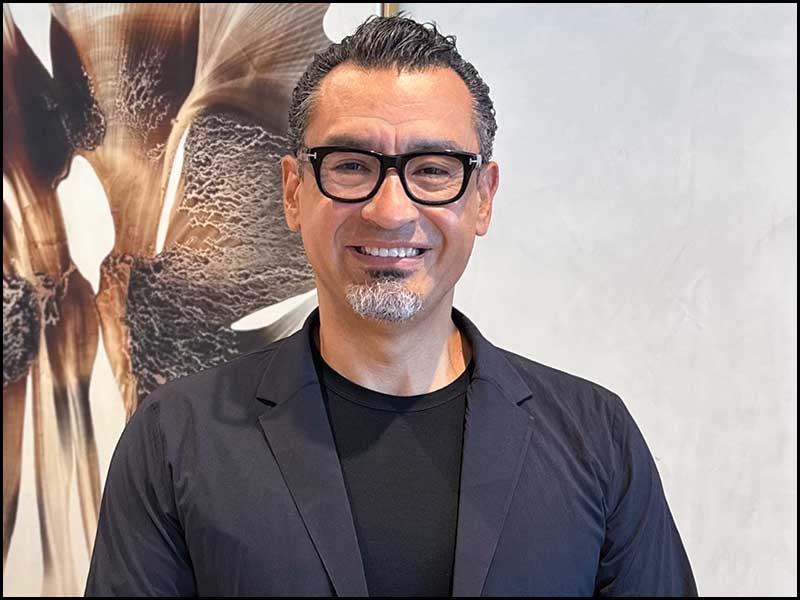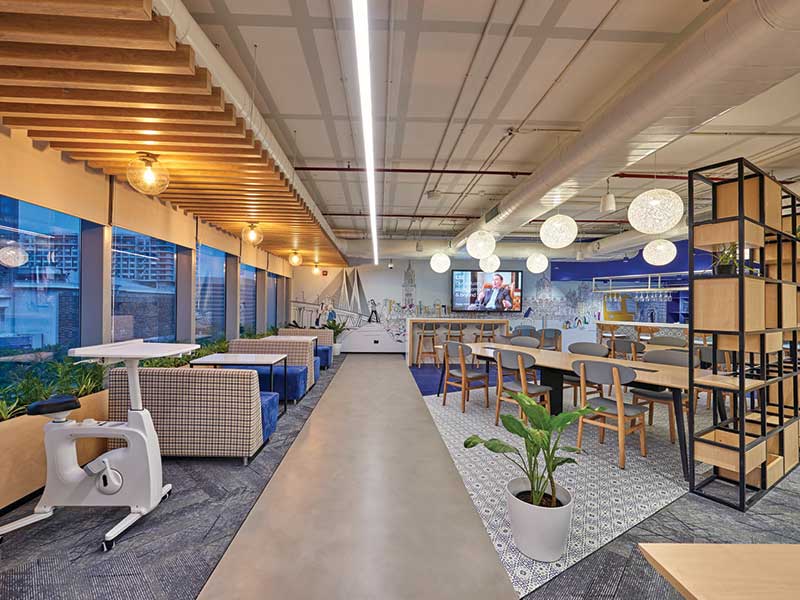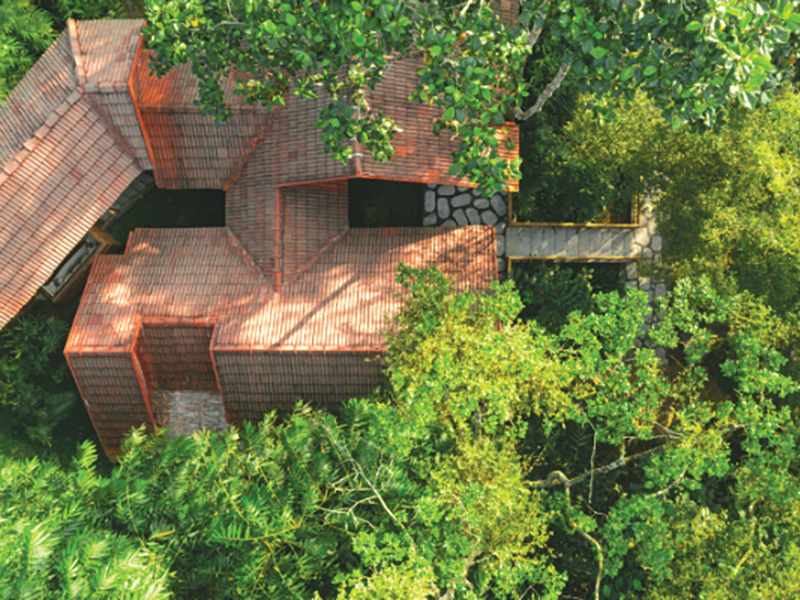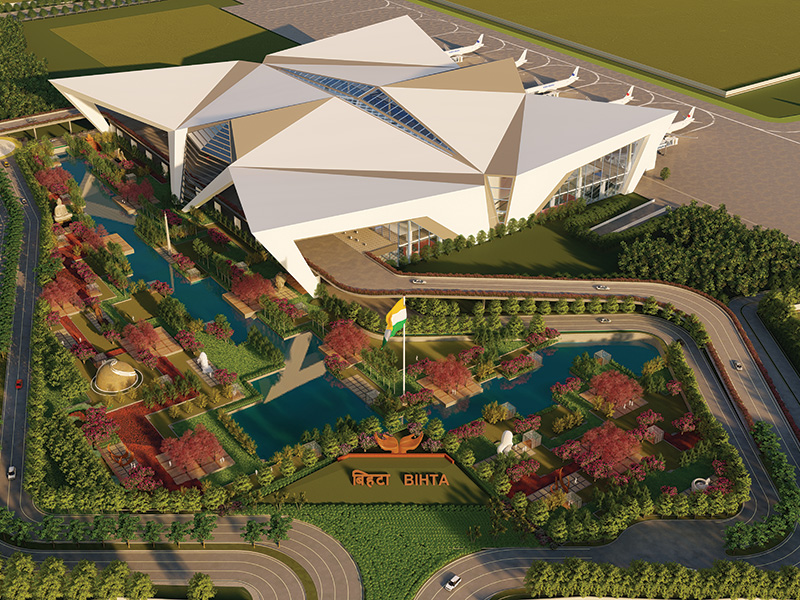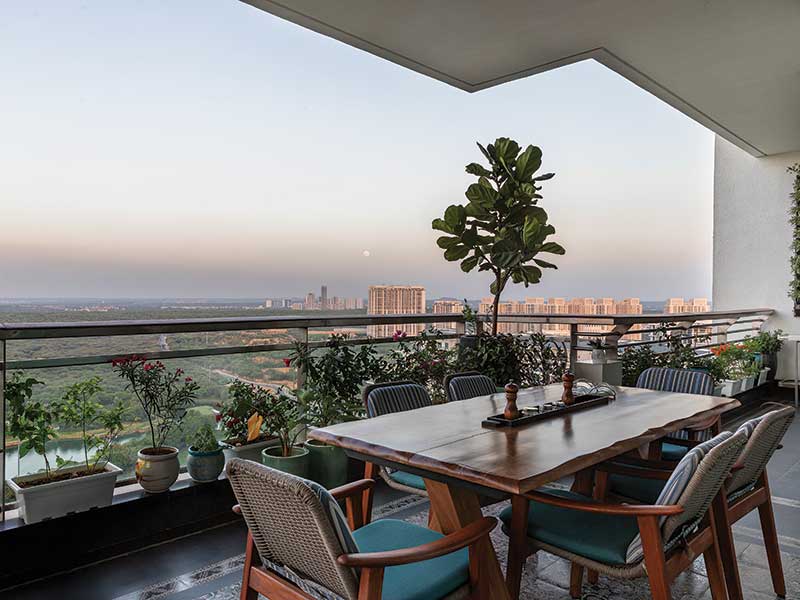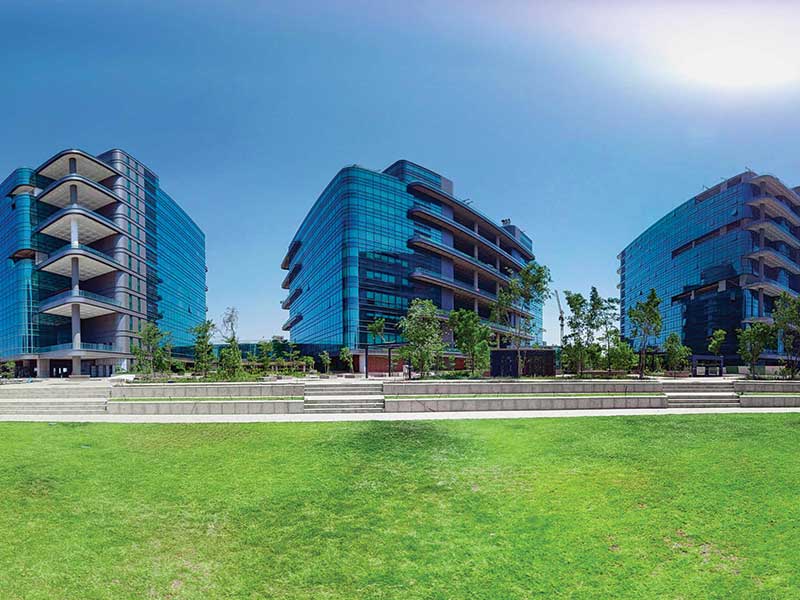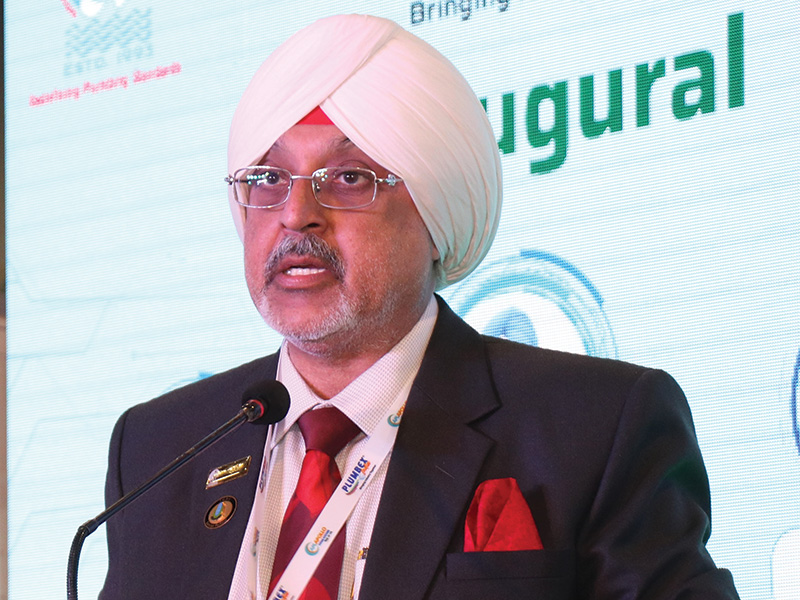Tim Larson, MD & Chief Creative Officer, Unispace Asia
Google is well known for its commitment to innovation, but not many know about its pursuit of sustainability across its operations. Googleplex, the company’s Mountain View headquarters, exemplifies their dedication to environment-friendly practices. It incorporates energy-efficient buildings with plenty of green spaces and relies solely on renewable energy for powering itself. Google has also invested in sustainable transportation options, including electric shuttles and bike-sharing programs for its employees, reducing the carbon footprint associated with commuting.
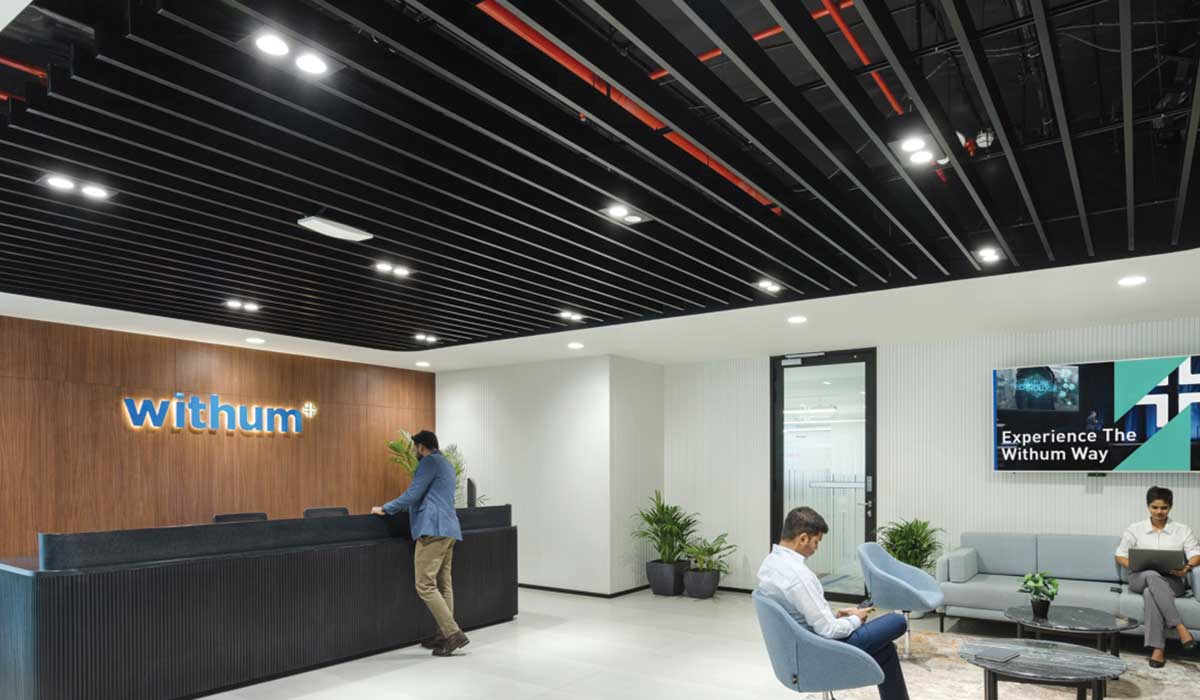
The good news is that Google is not alone in this pursuit. Sustainability and minimizing carbon footprint have become a major priority for new office design for a growing number of companies, particularly in the wake of the global pandemic, and global media attention towards climate change.
The physical workspace stands as one of the most influential assets for companies to narrate their story, instigate cultural transformations, and craft meaningful experiences for their employees. The discourse surrounding work has evolved, and so has the dialogue concerning its significance. A majority of our clients today are not only looking to embrace the latest design trends for their new and upcoming workspaces but are also eager to invest in measures to ensure their offices remain relevant and sustainable in the years to come. In other words, they are looking to future proof their offices.
The core tenet of creating a workplace ready for the future extends beyond merely anticipating technological changes; it also encompasses the physical infrastructure of offices. CEOs and Chief HR officers (CHROs) are fast recognizing that a resilient workspace not only needs to accommodate evolving technologies but should also be adaptable enough to meet changing needs and preferences of their evolving workforce. Generation Alpha is after all less than 10 years away from taking up their first jobs, and nearly all of them are acutely aware of climate risks.
Many companies across industries are looking to break free from the traditional 9-5 work desk model of the office; for architects and interior designers, the task today is to create innovative and experiential spaces, focused on delivering the best employee experience, and which are also future proof.
Tim Larson
This realisation has in turn led to a paradigm shift in what CXOs desire their new office to be like: from static office structures with fixed desks and meeting rooms to more dynamic, adaptable environments. A key driver for this shift is the post-pandemic desire to prioritize employee well-being, collaboration, and productivity.
In response to this shift, businesses are now dedicating significant attention and resources to create a work environment that is not only responsive to their immediate needs but is also equipped to withstand future uncertainties. We are also seeing a growing focus on redeveloping existing offices to create new, more flexible workspaces that can seamlessly integrate technological advancements, accommodate diverse work patterns, and align with evolving environmental standards.
The choice of building materials plays an important role in determining the environmental impact of an office space. Egged on by our clients, we are now using sustainable materials like recycled steel, bamboo, and reclaimed wood. Moreover, many progressive companies around the world are actively embracing modular construction techniques, allowing for easy disassembly and reuse of materials in the future.
Energy usage is another area of focus. We already know that employees working in well-lit spaces with access to natural ventilation report enhanced levels of comfort and productivity. While maximizing natural light has always been a key consideration for all offices, businesses are today also increasingly incorporating smart technologies like connected sensors to manage and mitigate their energy consumption. Implemented well, an intelligent lighting and HVAC system saves money, reduces the environmental impact of office operations, and improves the overall work experience for employees.
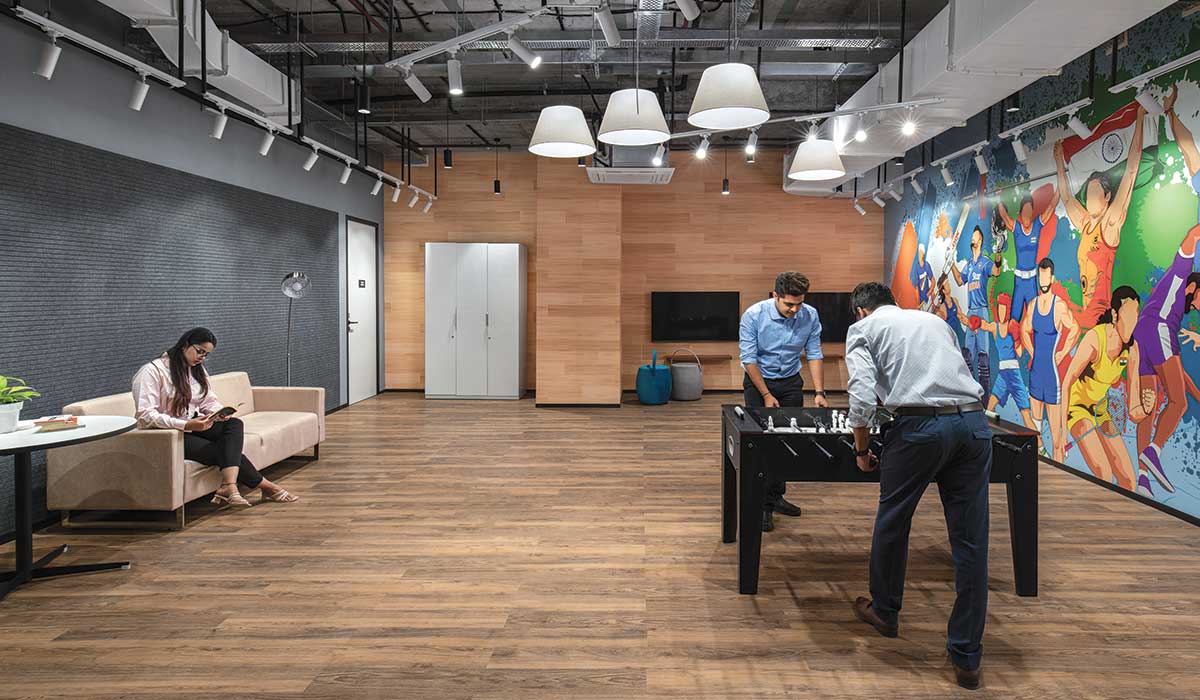
In fact, creating the optimal employee experience or ‘making the commute worth it’ is a top CXO priority. The connection between office design and mental well-being is often overlooked, with almost half of the workforce reporting improved mental health while they were working remotely. This finding reveals a widespread failure of many workplaces to meet the wellness needs of their occupants. Even minor adjustments in office design can yield substantial results.
Recently, while working on the design and construction of the new India headquarters of an American technology company, we built up mobility within the open office area through a combination of collaborative and modular furniture. We also introduced a wellness area connected to a series of spaces, including an Immersive Game Simulator. This design philosophy not only acknowledges the evolving nature of work conversations but also aligns with the broader shift towards creating dynamic, purposeful, and interconnected work environments.
Simple changes like modifying color schemes, enhancing lighting, integrating natural elements, addressing acoustics, and optimizing room temperatures can make a significant difference. However, the key lies in a thorough understanding of co-workers and their requirements.
Taking cues from these trends taking shape over recent years, we at Unispace have invested a lot of strategic resources in perfecting what we call ‘Workplace Experience Design’. The workplace experience is defined as an individual’s spectrum of lived experiences and performance within a work context and their subsequent perceptions of the organization.
Experiential design brings transformative ideas to our clients. Hybrid working and growing demand for remote and contractual workers means that business leaders are presented with the challenge of nurturing cohesive, engaged teams that might not even share a physical workspace. Herein, adaptability becomes paramount.
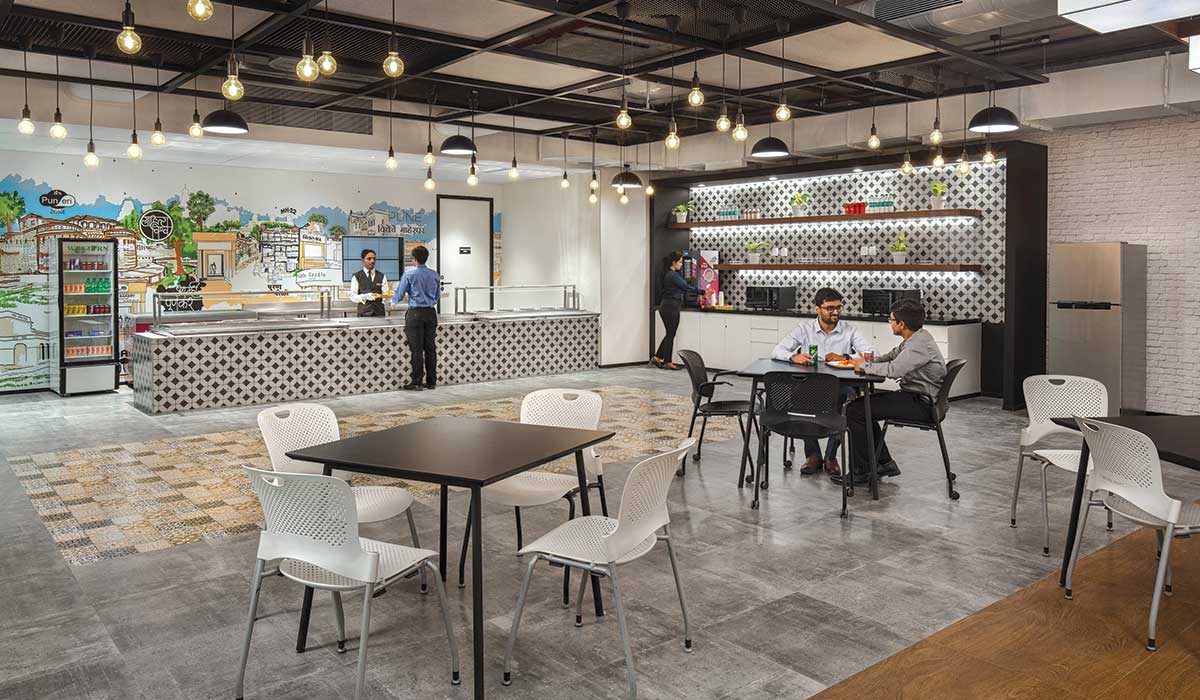
We also put a lot of thinking behind an optimised digital toolkit that extends beyond collaboration and provides cutting-edge technological tools and platforms to employees, letting them put in their best work regardless of their physical location. Finally, a safe environment is the third dimension of Workplace Experience Design. A safe environment—both physically and mentally—transcends mere regulatory compliance. It impacts employee well-being, morale, and long-term health. An environment steeped in safety considerations positively impacts workers, customers, and the broader organizational fabric.
The principles of ‘Workplace Experience Design’ dictate that office design must enhance employees’ experiences at work. This is further accomplished by prioritising human-centric design . When combined with a commitment to only using eco-sustainable materials for construction, it evolves into a comprehensive strategy for making offices truly future proof.
For their new global capability center in Pune, leading global data and information company NielsenIQ tasked us to design and build a workspace that encourages collaboration, well-being, and employee engagement . The ready office is open, sustainable, and seamlessly adapts from desk-based workspaces to dynamic physical workshop areas, reflecting the agility with which modern employees work.

